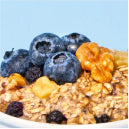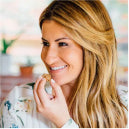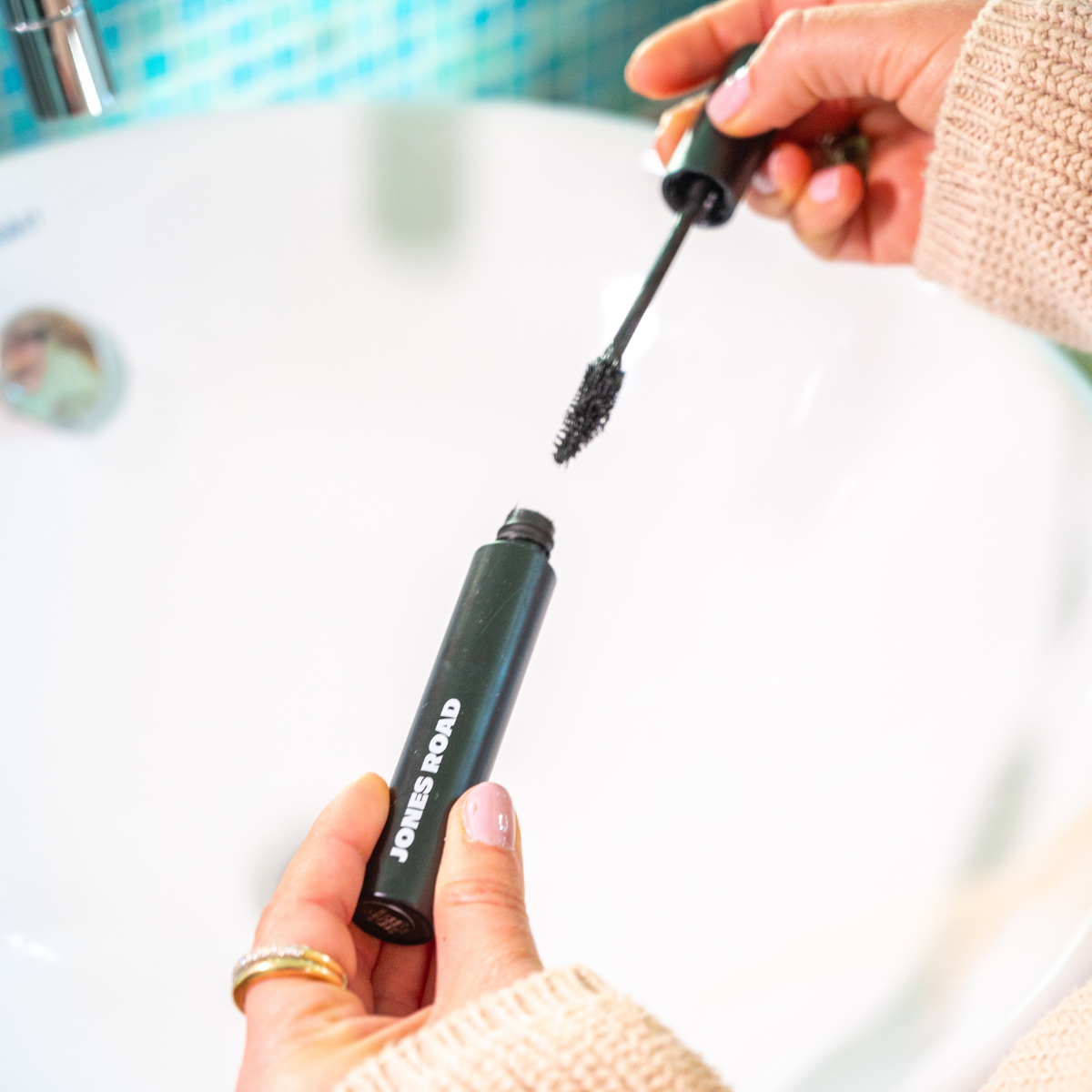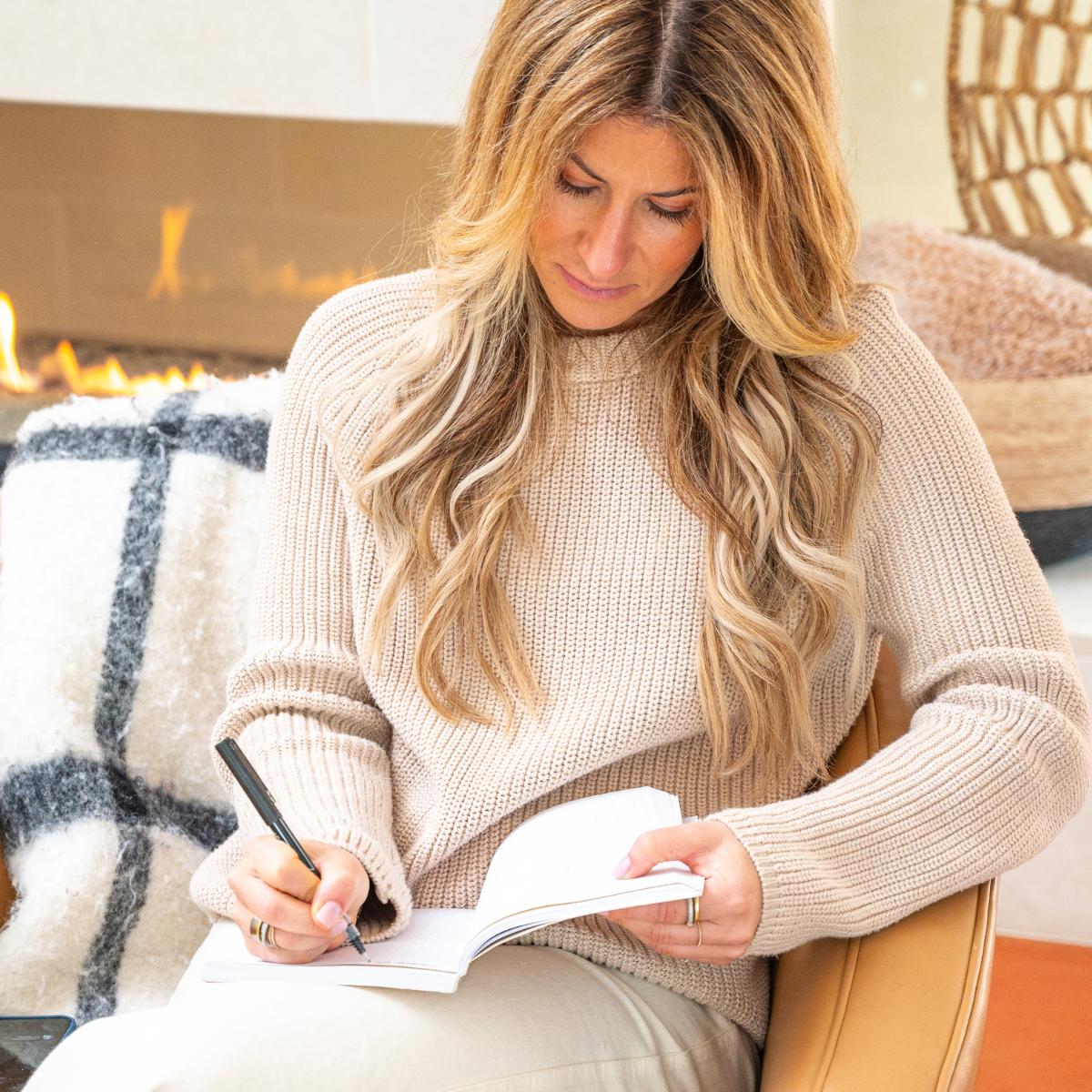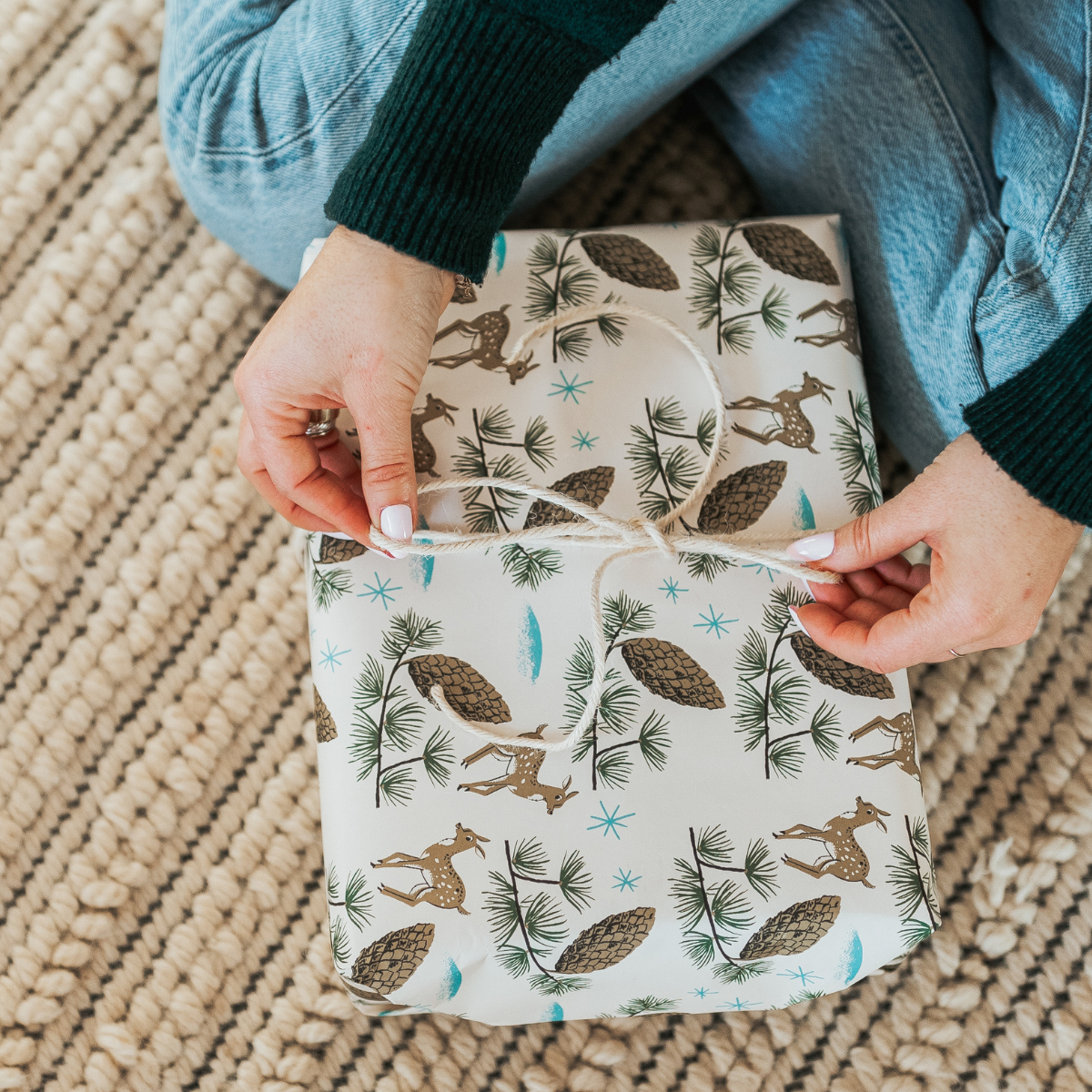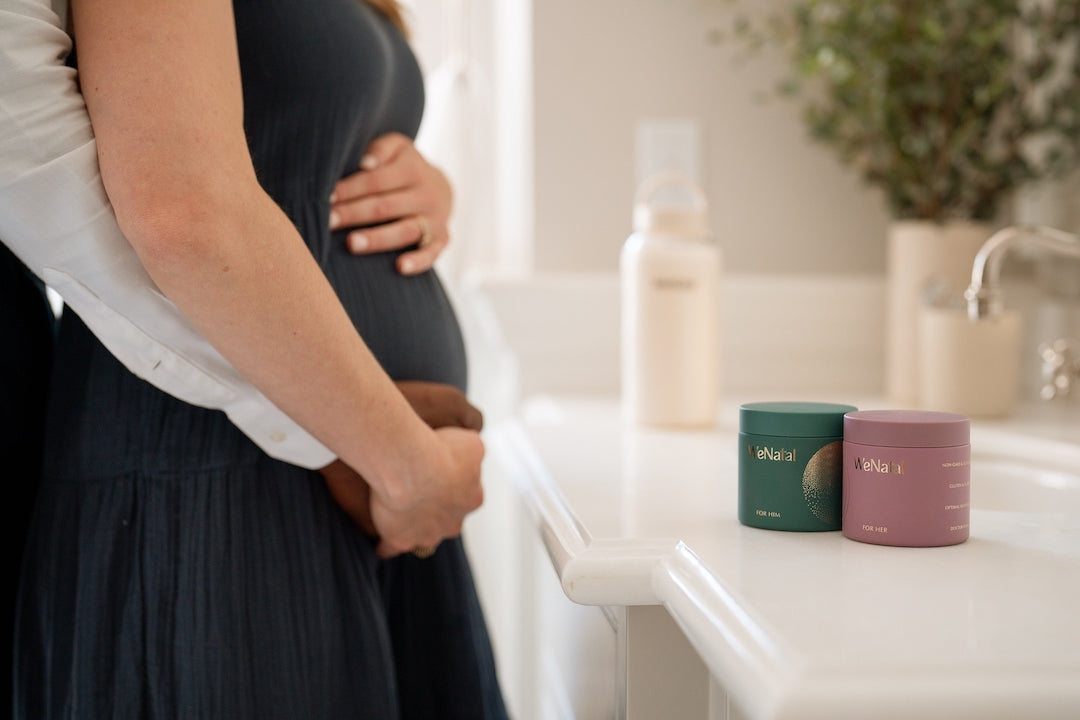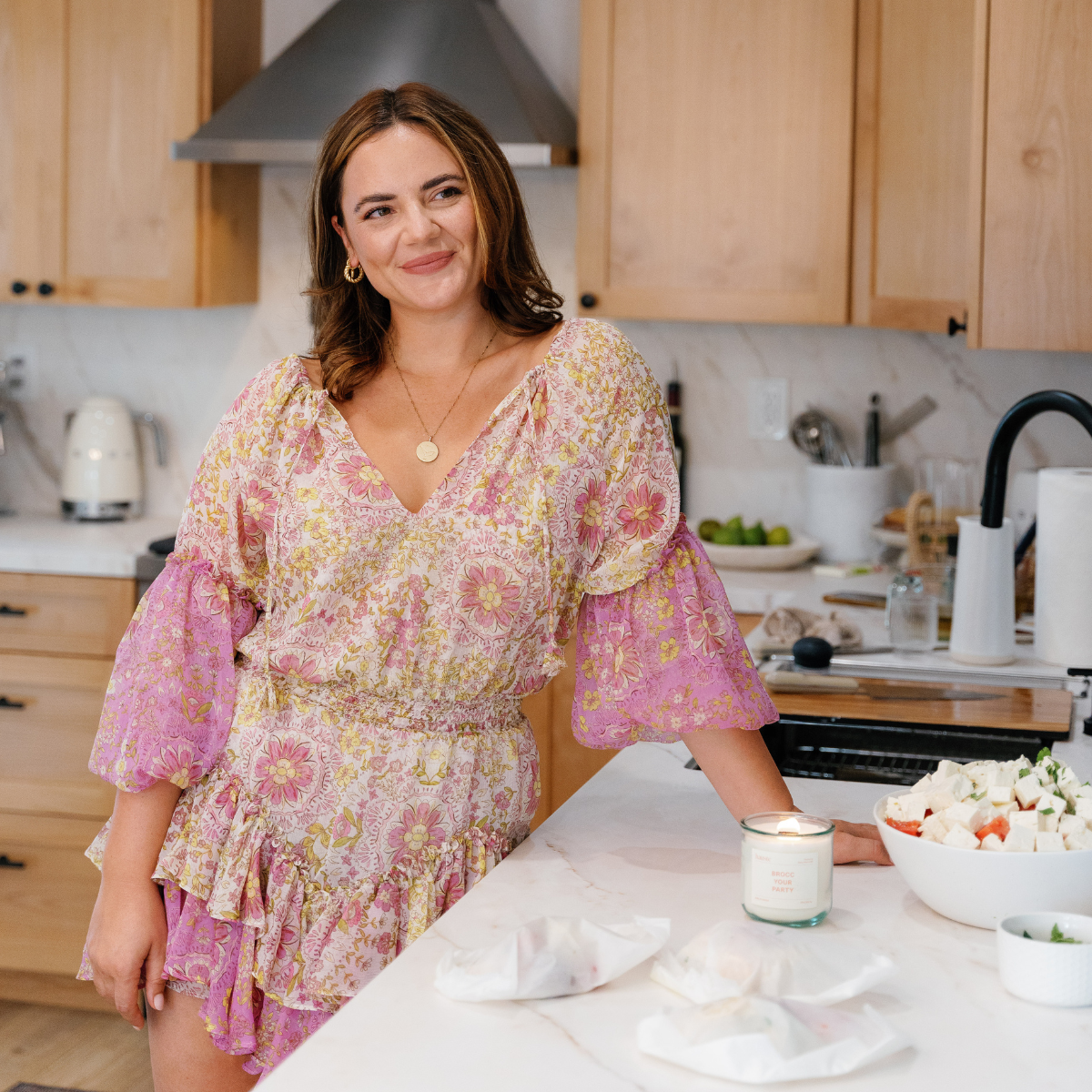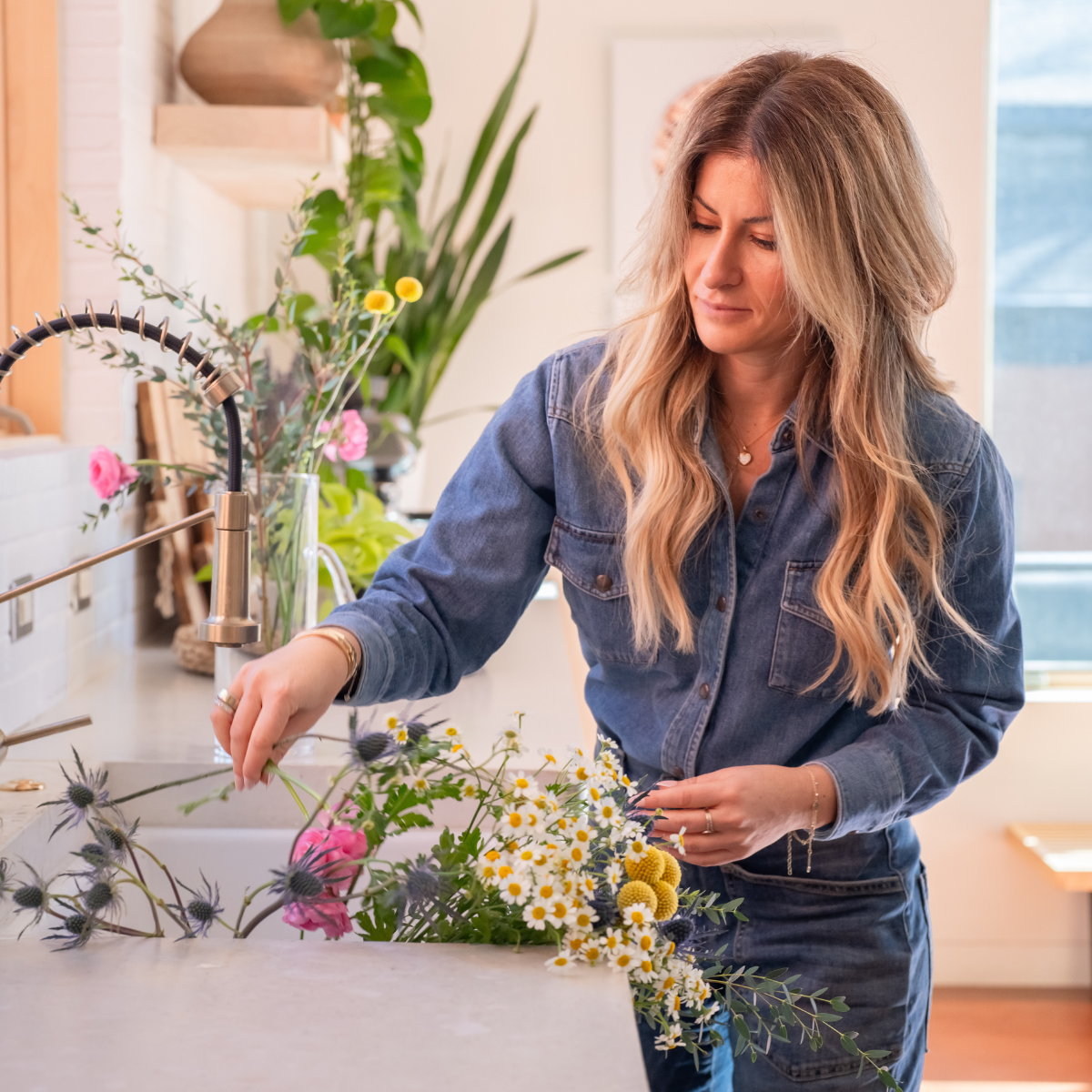It all started when Dana Spaulding, founder and CEO of Wander + Ivy, wanted to mark a special life event without the guilt of opening a whole bottle of wine. What she and her husband came up with has not only transformed their lives but has also made a significant impact on wine enthusiasts everywhere.
In this week's conversation with Elizabeth, Dana discusses her transition from a nearly decade-long career in finance at JP Morgan to becoming a certified sommelier and launching Wander + Ivy. She shares insights into the world of organic wines, her global wine sourcing practices, and her approach to balancing work and family through time blocking. Dana also emphasizes the importance of embracing her CEO role's strengths and representing her brand authentically. Plus, she talks about the stylish yet practical single-serve glass bottle that has become a hallmark of Wander + Ivy's success.


